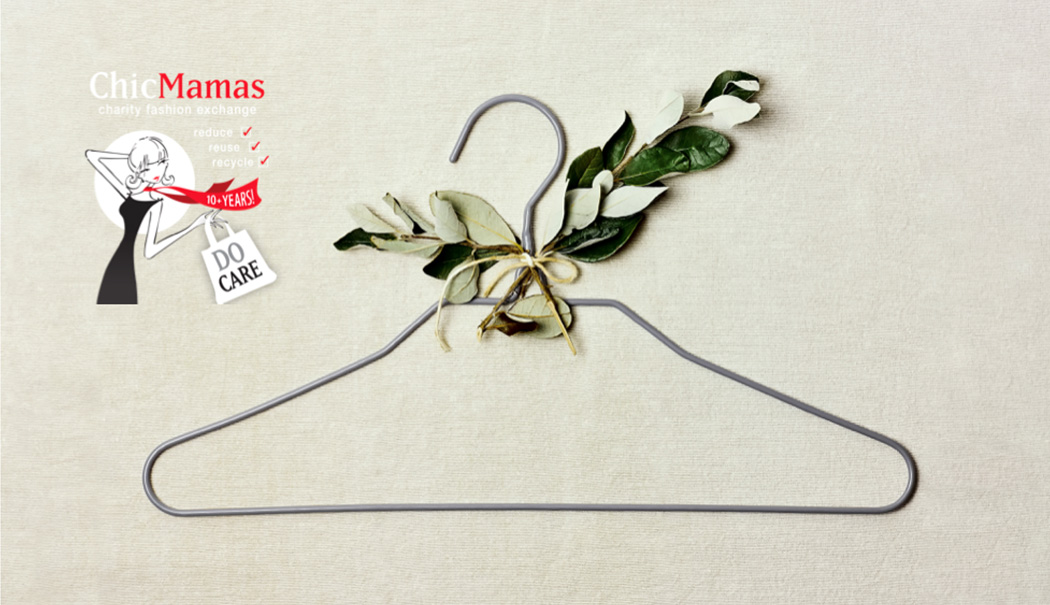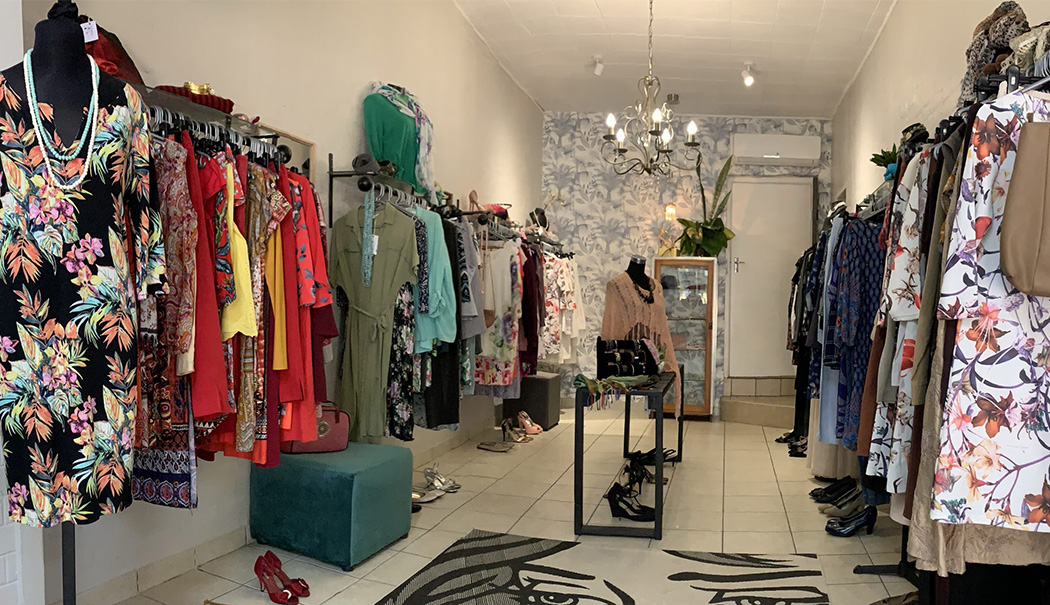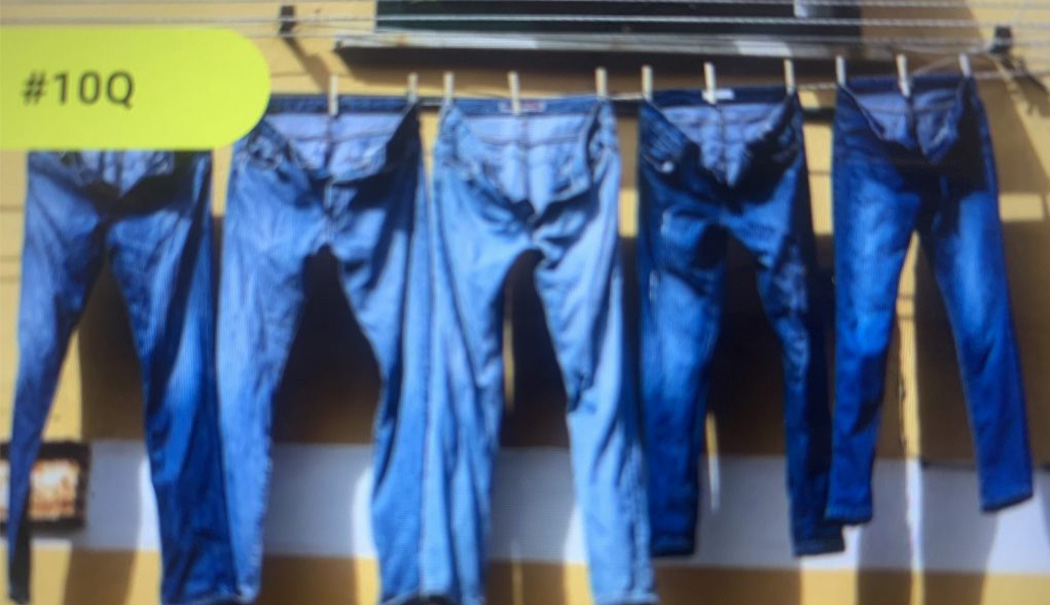2022 is the Year for Recycling – Rethink Fashion
Since 2010, we’ve been sorting thousands, if not millions, of fashion garments. Last year was a particularly busy year at our shops, resulting in a wonderful and generous flow of donations.
Today, we’ve grown into a fully-fledged real textile, garment and fabric recycling depot and the pillars of REDUCE–REUSE–RECYCLE are at the core of our mission.

Oh boy, do we work hard on sorting, selecting, and scrutinising the best available stock.
We always want to remain relevant, fresh, and immaculate in our offerings. What happens with the rest? Well, nothing goes to waste.
Those items that are not sold on our rails make it into bulk bags and are sold to help women make a living for themselves.
Those that aren’t sold in bulk are then distributed to those in need across our wider communities.
Thank you for looking after your clothing and bringing us items that have been cared for and are in good condition.
It is so important to give items you want to receive yourself… because human dignity is very much part of giving.
But why is recycling clothes so important for our future? Let’s look into the scientific and environmental angle.
Can clothing be harmful?
Clothing is a necessity and, as such, impacts our everyday living. Like food, we nurture ourselves with clothing. And just like food, it is good to know what you put on, know where it comes from, and where will it end up?
Think about the following when buying clothes:
- Where does the clothing come from, and who makes the item/s? Cheap clothes have a much higher price than you think. Often, people are exploited to make the clothes at that low price. Fast fashion is not sustainable fashion. We know it’s hard to resist, but consider how polluting and damaging it can be. 170 Million children are involved with child labour globally, with 19.6% of Africa’s child population is employed in child labour.
- “In a globalised world where factories are in a ‘race to the bottom’ to provide cheap fashion fast, children are often involved in the supply chain. For unscrupulous businesses, they constitute a cheap, compliant, and easily exploited labour force.” (goodonyou.eco)
- We use a huge amount of water and natural resources to make clothing. Often toxic chemicals are used to make it fashionable or last longer. Microfibers, which are not natural, end up in our rivers and oceans and eventually our food chain. Did you know that these plastic microfibres can end up in our bodies?
- Globally just 12%of the material used for clothing is recycled. While most clothes with care will last many years, changing fashions mean their lifespan is artificially shortened by consumers changing tastes. Globally, an estimated 92 million tonnes of textile waste is created each year. The equivalent of a rubbish truck full of clothes ends up on landfill sites every second. By 2030, we are expected as a whole to be discarding more than 134 million tonnes of textile a year! (bbc.com)
- It’s important to understand our impact on our environment when buying clothes. Please watch The Detox Fashion Video by Greenpeace to learn more.
- Textile manufacturing generates the highest amount of greenhouse gases per unit of material, except for aluminium production. 10% Of global greenhouse gas emissions are caused by the textile industry. Manufacturing, shipping and the subsequent machine washing of clothing all contribute to the carbon footprint.
- The biggest carbon culprit in fashion is fibre production. Energy use and CO2 emissions are highest during the fibre extraction process, especially when creating synthetic fibres originating from petrochemicals. Synthetic materials like polyester, rayon, nylon and acrylic are essentially plastic made from petroleum. They can take hundreds of years to biodegrade.
Make a Difference
So, as you’ve already been supporting Chic Mamas and similar pre-loved (many online) shops because you understand the consequences, here are ten other ways to make a positive impact:
- Change your buying habits
- Slow down – be aware of your choices
- Donate your clothing when still in good condition, so others can also enjoy them
- Swap your clothing wherever you can
- Upcycle, remake and reuse – vintage is better than ever
- Find a way to reuse old clothing and repurpose them wherever you can
- Make yourself familiar with brands and their environmental and sustainability policies
- Rather buy better quality, which lasts longer
- Wash your clothes less often
- Share with friends
Reduce – Reuse – Recycle. Whenever you can.
We’re looking forward to seeing you at our shops nationwide. It’s not a thrifting trend or a vintage revolution…it is so much more than that. Understanding the lifecycle of clothing is understanding how interconnected we are with our natural world and with all the products we make out of them.
Thank you for caring!
Abigel and the Chic Mamas TEAM




